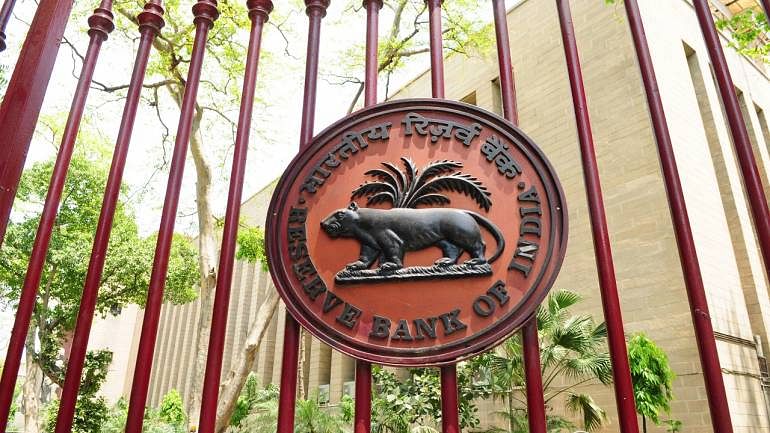With inflation below the target of 4 per cent and investment still damp, the Reserve Bank of India was expected to cut interest rates Thursday. By going ahead and announcing a 25 basis points reduction in key policy rates, the RBI is clearly on a path of monetary policy easing.
The central bank’s next priority should be to improve monetary policy transmission. Without that, the benefits of rate cuts will remain symbolic and not reach the wider economy.
Easing monetary policy is good, because with inflation coming down and demand conditions not indicating an inflationary push, there is little reason to keep real interest rates so high.
The RBI has been overcautious in the last couple of years. This is not surprising for a central bank that was recently given the mandate to target inflation. With low monetary policy transmission, a large food basket, uncertain global conditions and unreliable data, the RBI had erred on the side of keeping rates too high. With greater confidence arising from persistent low inflation, this seems to be changing now.
The indications from the global economy suggest a dampening of demand. The uncomfortable question for the Monetary Policy Committee (MPC) is what is the projected domestic growth rate? Is it higher or lower than potential growth?
The RBI does not seem to want to say that growth data is showing a slowdown. We see that its projection has improved from 7 per cent in FY19 to 7.2 per cent in FY20. Indian GDP data has indicated fast growth but with the revision in the GDP series the data does not move along with other series and thus it is difficult to use it for monetary policy-making.
Also read: Funds to get cheaper as RBI cuts rates by 25 bps days before Lok Sabha elections
The vote of Michael Patra, the RBI’s executive director for monetary policy, the only member of the MPC who is an “internal” member of the RBI, is to change the policy stance to accommodative. As an internal member or staff member of the RBI, Patra is responsible for the work done at the central bank for running models and producing the projections for RBI presentations to the MPC. This, perhaps, suggests that RBI staff analysis expects growth not to put upward pressure on inflation.
Earlier concerns about the expansion of the fisc and an upward pressure on demand through an expansionary fiscal policy don’t seem to have dominated the MPC debate as, at least as far as budget numbers are concerned, the fisc appears to be broadly on track.
The next challenge for the RBI is to take steps to improve monetary policy transmission. So far, one recent step in this direction has been State Bank of India linking interest rates to the repo rate.
However, this will have a limited effect. Two important issues here are: (i) The development of a domestic, deep and liquid bond market, and (ii) A competitive banking sector. These require longer term reforms like setting up a public debt management agency, changing regulations, boosting infrastructure in the bond market and allowing the entry of more banks and also their orderly exit. The RBI must give top priority to these reforms if the economy has to gain optimally from the path of monetary policy easing that it has begun.
Also read: As RBI transfers reserve surplus to Modi govt, it now has to find ways to manage risks
